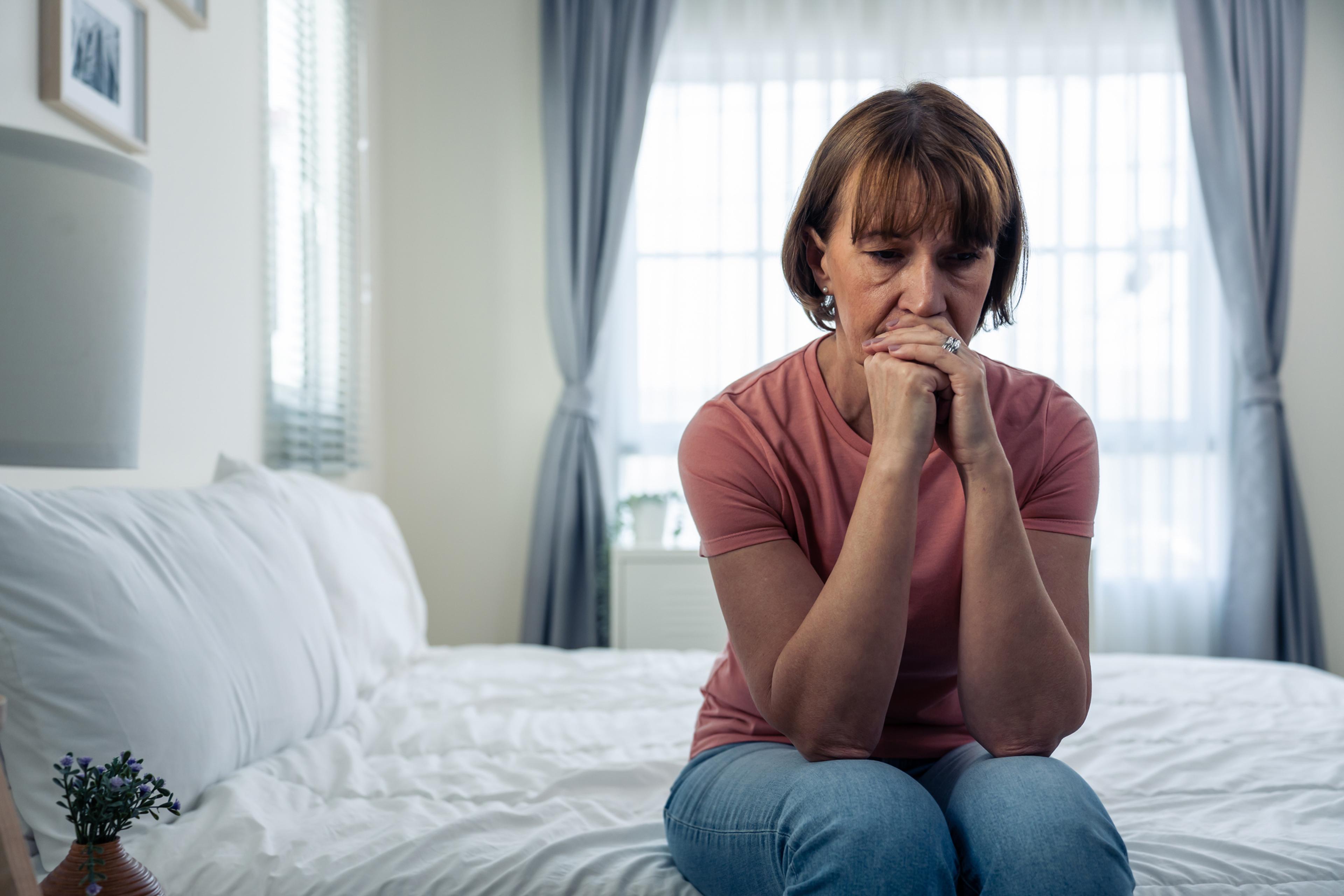The Staying Power of Telehealth for Behavioral Health Treatment
Amy Barczy
| 3 min read
Amy Barczy is a former brand journalist who authored...

Demand for telehealth visits skyrocketed from 2019 to 2020 due to the pandemic across all types of medical conditions from asthma to diabetes and low back pain – but none more than treatment for depression, according to a new analysis from Grand Valley State University made possible in part by Blue Cross Blue Shield of Michigan and Blue Care Network. Telehealth now holds great promise for increasing access to behavioral health treatment beyond the pandemic – especially important to address disparities in health care examined by the 2022 West Michigan Health Care Economic Forecast “Health Check” conducted by faculty in GVSU’s Seidman College of Business. The report analyzes health trends, costs and issues in Kent, Ottowa, Muskegon and Allegan counties. Among the issues analyzed by the report include disparities in health conditions and health behaviors by race in West Michigan versus Detroit. Some of the findings include:
- In West Michigan, zip codes with predominantly Black residents reported more instances of depression during 2020 than zip codes with predominantly white residents. The opposite trend is true in Detroit: predominantly Black zip codes reported fewer instances of depression during 2020 than predominantly white zip codes.
- Access to health insurance and health care is more of an issue for the non-white population in West Michigan compared to white individuals and both white and Black populations living in Detroit.
Providing therapy sessions and other behavioral health treatment options through a virtual setting breaks down barriers for individuals to receive care. The convenience of the option has contributed to a 55% increase in unique members receiving telehealth visits for behavioral health, said Dr. Amy McKenzie, vice president of clinical partnerships and associate chief medical officer at Blue Cross. “There were tremendous increases in adoption of telehealth across the board during the pandemic. What makes behavioral health different is that there is a staying power to telehealth,” McKenzie said. “While more medical services have gone back to being in-person, behavioral health telehealth has largely outpaced in-person care.” Behavioral health concerns are rising across the board, due to pandemic-related effects including job stress, job loss, and – for children – stresses with the uncertainties of canceled school years and activities, fewer social opportunities and a disrupted environment.
- From 2020 to 2021, Blue Cross saw a 34% increase in members seeking mental health services and 38% increase in members seeking substance use treatment
- From 2020 to 2021, Blue Cross saw a 37% increase in pediatric members seeking mental health services and 19% increase in pediatric suicide attempts
Unmanaged behavioral health conditions can lead to greater medical expenses in the long run, as it can become difficult to manage a chronic condition and follow a healthy lifestyle. In turn, this can lead to worse medical outcomes, poor quality of life and costlier medical treatment in the long term. In addition to supporting telehealth adoption by behavioral health providers, Blue Cross is also training providers to deliver collaborative care – in which mental health services are integrated into a primary care setting. From 2020 to 2021, 180 practices have been trained to deliver this model of care, including 800 providers. These initiatives are all part of a holistic strategy to improve access to high quality care for members during a time of significant and growing need for behavioral health services. More from MIBluesPerspectives:
- ‘Explosion in Eating Disorders’ During Pandemic: What to Watch For
- Communicating with Someone with Anxiety
- What You Need to Know About Managing ADHD as an Adult
Photo credit: Getty Images





